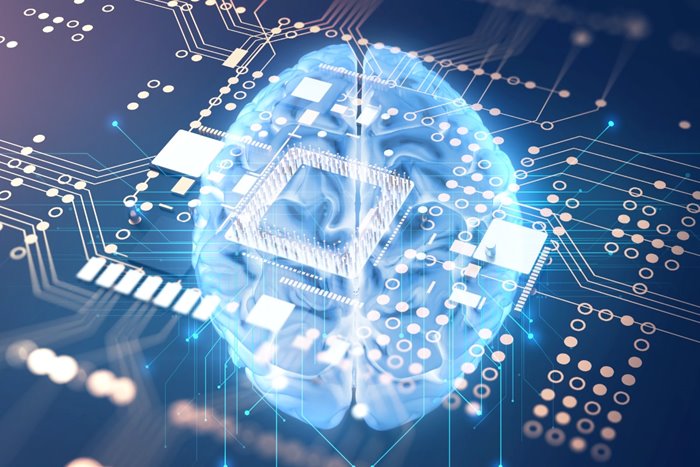In A Major Breakthrough, Scientists Have Produced A Water-Based Chip
A Group Of Scientists From Harvard University Has Made A Chip That Uses Ion Transistors, And Its Energy Efficiency Is Much Better.
According to Toms Hardor, scientists have gone to producing ion microprocessors by referring to nature and saying that such microprocessors will be much more efficient in energy consumption than conventional processors based on semiconductor components.
A group of researchers at the John Paulson School of Engineering and Applied Sciences at Harvard University, in collaboration with the startup DNA Script (active in the biotechnology field), have produced an ion circuit consisting of hundreds of ion transistors. Scientists have even processed neural network calculations through this chip.
In the manufacturing process of Ionic processors, we use what we know about environmental processing systems, specifically the brain, to build chips that use electrochemistry instead of electricity to perform processing calculations. Research says that Ion processors are one of the essential parts of the human future, and their energy efficiency makes such processors very useful in specific scenarios.
The technology of ion processors is in its early stages, and scientists have so far managed to produce a circuit with only a few hundred ion transistors. At the same time, regular chips host billions of transistors.
The production of a new ion circuit is an important event; Because before making this circuit, we had only seen ion transistors individually. Recent research paves the way for building more powerful processors based on ion transistors, Which host thousands or even millions of transistors.

A CMOS chip (left) with an array (middle) of hundreds of individual ion transistors (right)
The researchers say that they have produced the ion circuit by multiplying the number of individual transistors that can work together. The ion transistor made by the researchers consists of an aqueous solution of quinone molecules connected to two concentric ring electrodes (in blue and red colors). The central disk electrode, the third electrode, is seen in yellow.
By passing a voltage through the transistor, two concentric ring electrodes can locally change the pH of water by increasing or decreasing the number of hydrogen ions in it. This change, described in the framework of electrochemical science, allows researchers to use the transistor’s ion current as an on-off switch, or in scientific terms, as a gate. Finally, this process helps the ionic processor process the binary data.
Artificial intelligence processes have exact prerequisites in power balance and energy consumption. The researchers say that in the recent experiment, they applied other changes in the design of their microprocessor. They placed analog ion transistors inside a 16×16 matrix grid array. This work enabled the Ionic processor to perform matrix multiplication processes so that its capabilities are primarily similar to the faculty of conventional neural networks, and the value of the Ionic processor in artificial intelligence processes increases.
Wubin Zhang, a member of the John Paulson School of Engineering and Applied Sciences at Harvard University and the first author of the scientific paper on the ionic processor, says that matrix multiplication is the most common type of processing in artificial intelligence-related neural networks. “Our ion circuit performs matrix multiplication processing in water in an analog manner based on electrochemical devices,” he adds.
The problem with Ionic processors is that they are slower than conventional processors.
The researchers hope to help ion processors use more electrochemical reactions down the road. Also, they try to make the systems consisting of the Ionic processor more advanced and widely used.
Increasing the number of transistors can also increase the processing power of processors. Wubin Zhang says that he and his team members have used only three to four types of ions, such as hydrogen ions and quinone, so far, and they plan to increase the variety of ions in the future.











